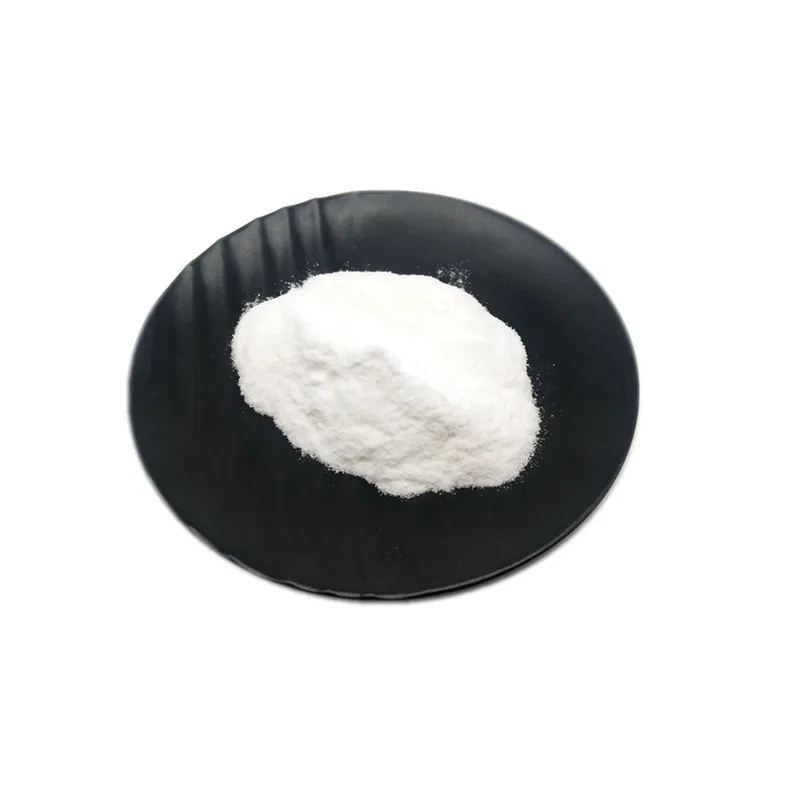Warning: Undefined array key "title" in /home/www/wwwroot/HTML/www.exportstart.com/wp-content/themes/1198/header.php on line 6
Warning: Undefined array key "file" in /home/www/wwwroot/HTML/www.exportstart.com/wp-content/themes/1198/header.php on line 7
Warning: Undefined array key "title" in /home/www/wwwroot/HTML/www.exportstart.com/wp-content/themes/1198/header.php on line 7
Warning: Undefined array key "title" in /home/www/wwwroot/HTML/www.exportstart.com/wp-content/themes/1198/header.php on line 7
- Afrikaans
- Albanian
- Amharic
- Arabic
- Armenian
- Azerbaijani
- Basque
- Belarusian
- Bengali
- Bosnian
- Bulgarian
- Catalan
- Cebuano
- China
- China (Taiwan)
- Corsican
- Croatian
- Czech
- Danish
- Dutch
- English
- Esperanto
- Estonian
- Finnish
- French
- Frisian
- Galician
- Georgian
- German
- Greek
- Gujarati
- Haitian Creole
- hausa
- hawaiian
- Hebrew
- Hindi
- Miao
- Hungarian
- Icelandic
- igbo
- Indonesian
- irish
- Italian
- Japanese
- Javanese
- Kannada
- kazakh
- Khmer
- Rwandese
- Korean
- Kurdish
- Kyrgyz
- Lao
- Latin
- Latvian
- Lithuanian
- Luxembourgish
- Macedonian
- Malgashi
- Malay
- Malayalam
- Maltese
- Maori
- Marathi
- Mongolian
- Myanmar
- Nepali
- Norwegian
- Norwegian
- Occitan
- Pashto
- Persian
- Polish
- Portuguese
- Punjabi
- Romanian
- Russian
- Samoan
- Scottish Gaelic
- Serbian
- Sesotho
- Shona
- Sindhi
- Sinhala
- Slovak
- Slovenian
- Somali
- Spanish
- Sundanese
- Swahili
- Swedish
- Tagalog
- Tajik
- Tamil
- Tatar
- Telugu
- Thai
- Turkish
- Turkmen
- Ukrainian
- Urdu
- Uighur
- Uzbek
- Vietnamese
- Welsh
- Bantu
- Yiddish
- Yoruba
- Zulu
Nov . 04, 2024 12:26 Back to list
Understanding the Origin and Production of Xanthan Gum in Food Industry
Where Does Xanthan Gum Come From?
Xanthan gum is a polysaccharide that plays a crucial role in various industries, including food, cosmetics, and pharmaceuticals. It is a thickening agent and stabilizer, renowned for its ability to form gels and emulsions, enhancing the texture and consistency of products. But where does this fascinating substance come from, and how is it produced?
Xanthan gum is derived from a specific strain of bacteria known as *Xanthomonas campestris*, which was first discovered in the early 20th century. This bacterium is found in many environments, but it particularly thrives in plants, especially in the tissues of cruciferous vegetables like cabbage and broccoli. The bacterium produces xanthan gum as a part of its protective mechanism, allowing it to survive in challenging conditions. By forming a gel-like substance, xanthan gum helps the bacteria retain water and adhere to surfaces in their environment.
The production of xanthan gum involves a fermentation process. Initially, *Xanthomonas campestris* is cultured in a controlled environment, typically using a carbohydrate source like corn syrup, glucose, or molasses. This fermentation takes place in large bioreactors, where the bacterial cells multiply and secrete xanthan gum into the surrounding liquid. The conditions in the bioreactor—such as temperature, pH, and oxygen levels—are meticulously regulated to ensure optimal growth and xanthan gum production.
Once the fermentation process is complete, the xanthan gum must be extracted and purified. The first step involves separating the bacterial cells from the gum solution through filtration or centrifugation. After this, the xanthan gum is precipitated using alcohol, commonly isopropanol or ethanol, which causes the xanthan to solidify and separate from the liquid. The solid xanthan gum is then washed, dried, and milled into a fine powder, ready for packaging and distribution.
xanthan gum where does it come from

Xanthan gum is widely used in the food industry. It acts as a thickener, stabilizer, and emulsifier, making it an essential ingredient in salad dressings, sauces, ice cream, and gluten-free baked goods. Its unique properties provide texture and prevent separation, enhancing the overall quality of food products. Beyond food, xanthan gum is also utilized in cosmetics to improve the viscosity and stability of lotions, creams, and gels.
Moreover, xanthan gum has applications in pharmaceuticals, where it is used as a suspending agent for liquid medications and as a binder in tablets. In the oil and gas industry, xanthan gum is often employed in drilling fluids, allowing for better maintenance of boreholes and improved extraction processes.
Xanthan gum is generally recognized as safe (GRAS) by the U.S. Food and Drug Administration, making it a widely accepted ingredient across various consumer products. However, as with any substance, some individuals may experience sensitivity or allergic reactions, primarily if they have specific allergies to components used in its production.
In conclusion, xanthan gum is a remarkable substance derived from a bacterium that thrives in nature. Its production process, involving fermentation and purification, illustrates the ingenuity of utilizing natural microorganisms for industrial applications. From enhancing the texture of food to stabilizing cosmetics and pharmaceuticals, xanthan gum continues to be an invaluable ingredient in myriad products, making it a noteworthy example of how nature can contribute to modern science and industry.
Latest news
-
Certifications for Vegetarian and Xanthan Gum Vegetarian
NewsJun.17,2025
-
Sustainability Trends Reshaping the SLES N70 Market
NewsJun.17,2025
-
Propylene Glycol Use in Vaccines: Balancing Function and Perception
NewsJun.17,2025
-
Petroleum Jelly in Skincare: Balancing Benefits and Backlash
NewsJun.17,2025
-
Energy Price Volatility and Ripple Effect on Caprolactam Markets
NewsJun.17,2025
-
Spectroscopic Techniques for Adipic Acid Molecular Weight
NewsJun.17,2025

